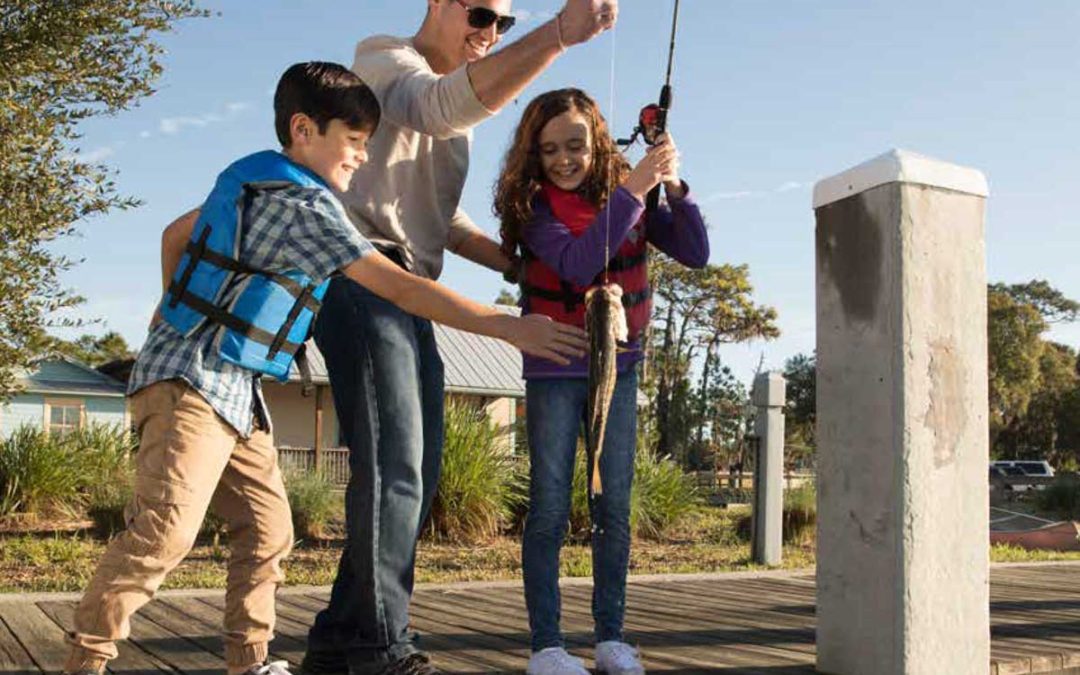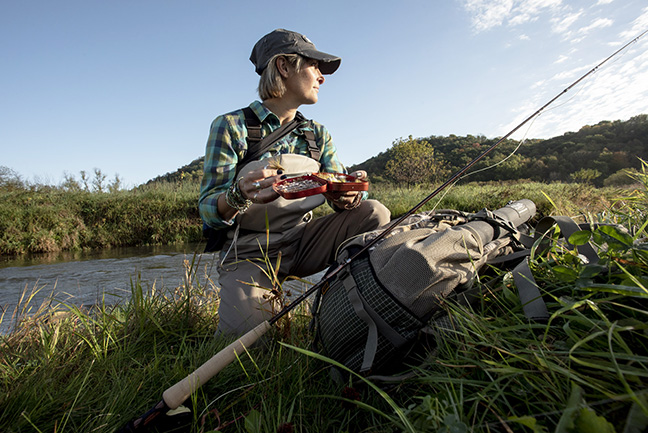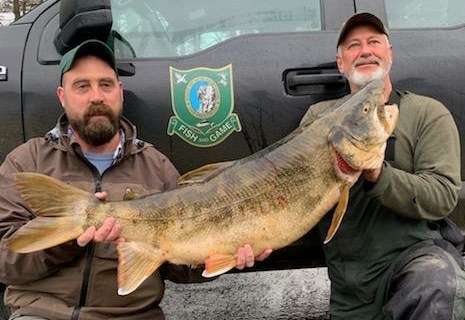
Between 2016 and 2017 alone, more than three million first-time anglers started fishing.
About a decade ago, my wife Angela and I took advantage of the cool fall temperatures that were delivered on an East wind to scour the beaches for striped bass. There was a cleanliness in the air, the kind only found along the coast. The wind had pushed offshore fish against the sand, and we stepped out of the truck to see a quarter-mile-long by 100-yard-wide stretch of frothing water. There were so many fish that we didn’t bother to run down to the water’s edge. We walked.
The mayhem before us was filled with squawking gulls, bait-picking terns and plunge-diving shearwaters. There was even a big herd of seals waiting on the back side of the outer bars. Fortunately, they didn’t bother us because the water was too skinny for them to slide their blubbery bodies into the shallows.
I wanted to cast, but before I did, I had to look around. With action this hot, I hoped to enjoy it before a legion of other fishermen invaded.
There were no anglers on the beach in any direction. No 4x4s parked off just off the tracks, no sand spikes with surf sticks…nothing. The parking lot, however, was jammed with an orchestrated arrival of Jeeps, pick-ups and vans. The fish-at-your-feet word was out…or was it? Nah, it was the Tribe, a good group of surfers who wanted to carve out some sets in the beach break.

More anglers and boaters are important for a variety of reasons. A portion of every license sale goes to the Sportfish Restoration Program to help increase the quality of waterways, as well as both the quantity and quality of stocked fish.
Part of me was pleased, but another part of me wondered where in the world were the fishermen?
Our legions started to shrink in that odd-in-retrospect decade of the 1970s.
It was when AMC Pacers were driven by women wearing plaid pantsuits and men clad in baby blue, belted turtlenecks. They argued over which 8-track tape to play—Abba or Styx. I peddled a bike until 1980, but I do remember this; it was in the ’70s when my young fishing buddies chose arcade video games over panfish, largemouth bass or trout. After years of playing Space Invaders and Pacman, it comes as no surprise that their children pound out a rhythm on a smartphone’s keyboard instead of on a pod of fish.
But phoenixes sometimes rise up out of the ashes, and the 1980s and 1990s were prime decades for victories. Restored redfish on the Gulf Coast. Restored striped bass on the Eastern seaboard. Rebounding baitfish populations like herring and menhaden.
If fish biomasses can be restored, then why couldn’t a group be formed to increase the dwindling numbers of those who pursue them? And so, in 1998, the nonprofit Recreational Boating & Fishing Foundation was born in Washington D.C.
Recruiting new anglers isn’t a “just-add-water” type of situation. It comes from a foundational approach over time.
For more than two decades, RBFF has worked with federal partners such as the United States Fish and Wildlife Service, the National Park Service, the Bureau of Land Management, U.S. Forest Service among many others. They work with individual states, boat and tackle manufacturers and conservation/environmental stakeholders.
In the past two years, RBFF is starting to see its efforts bear fruit. Between 2016 and 2017 alone, more than three million first-time anglers started fishing. The organization’s focus on young anglers reeled in 11.6 million anglers between the ages of 6 and 17. A growing demographic showed that Hispanic anglers are a powerful group, as 4.2 million picked up rods and reels. RBFF’s increase in the number of anglers is a success story and the timing is impeccable.
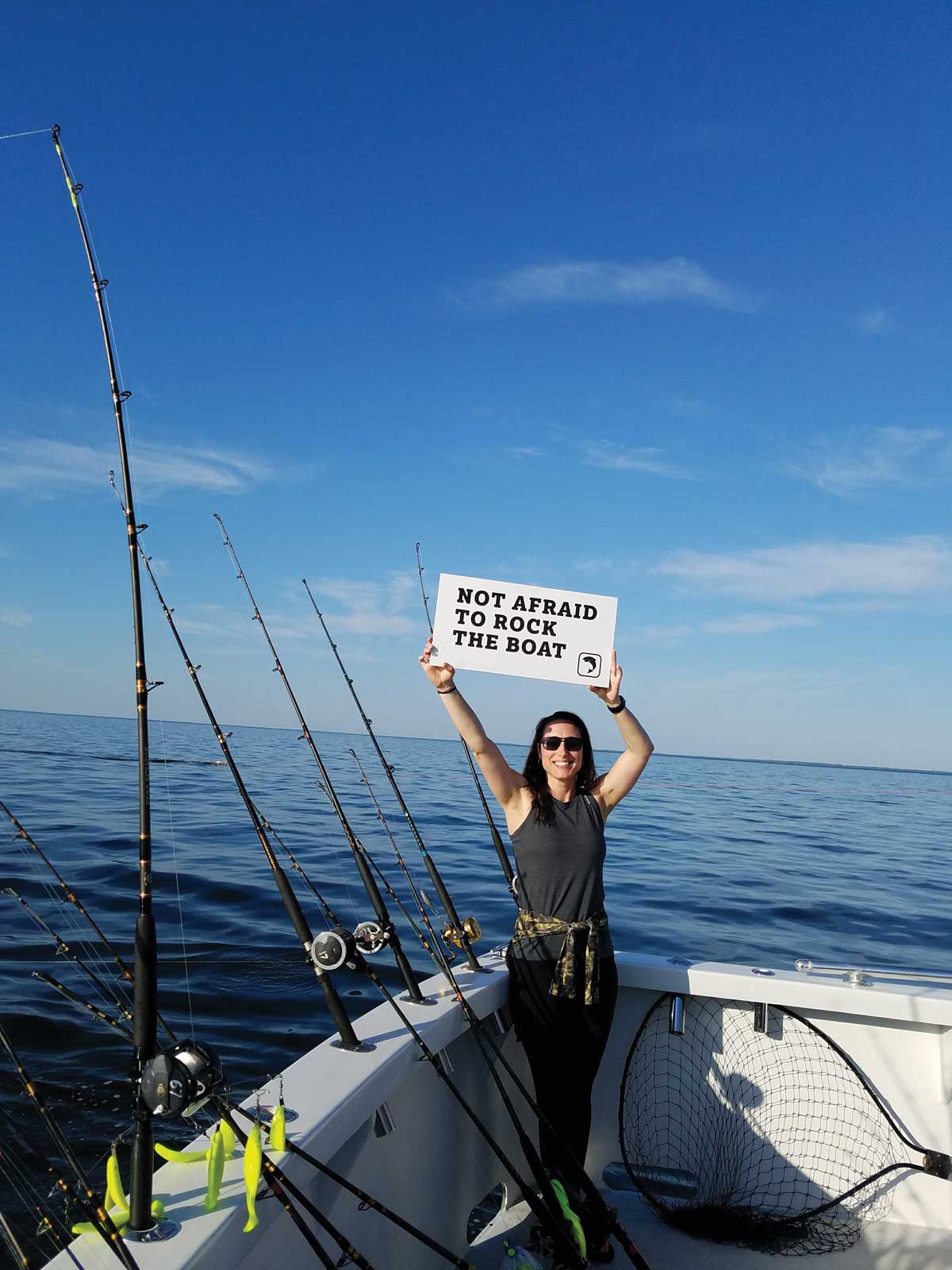
What started out as 45.7 million anglers in 2015 has already grown to 49.1 million anglers in 2017.
More anglers and boaters are important for a variety of reasons. A portion of every license sale goes to the Sportfish Restoration Program to help increase the quality of waterways, as well as both the quantity and quality of stocked fish. Tax on tackle sales supplies the Pittman-Robinson Act with revenue, which is then shuffled to each state only for use in fish and game projects. Sometimes the revenue is used to purchase land to maintain space open to fishing and hunting, while other times it is used for boater access, angler and hunter education, wildlife restoration and many other programs. Fishermen and boaters see the bigger picture and they are excellent stewards of America’s natural resources.
So how does one group increase angler participation to 49.1 million in 20 years, with a 20 percent increase coming in the past decade alone? How do they create results that make boating and fishing the economic leaders in recreational activities with an annual tally of $36.9 billion?
It’s all about the organization’s staff, all of whom are anglers, boaters and conservationists. RBFF’s Vice President of Communications, Stephanie Vatalaro, is one.
Vatalaro is a life-long angler and boater. Her first fishing and boating experiences were as a young child on Lake Erie with her grandfather and grandmother. There, she caught walleye, bass, panfish and the like until one day her family moved to the fishing capital of the country—Islamorada, Florida. Her father, Captain Bob Baker, was a marina manager and charter captain, and with him she learned to toss Sluggos, MirrOlures and Stu Apte tarpon flies. She caught inshore fish such as snook, redfish, mangrove snapper and tarpon on live bait, stickbaits and soft plastics. As her dad headed offshore, she added mahi-mahi, tuna and billfish to her experience list.
“I think that level of foundational experience is part of the process that my team and I bring to RBFF,” says Stephanie. “We understand anglers and boaters of all experience levels because we are anglers and boaters of all experience levels.
“We’re led by President/CEO Frank Peterson who brings incredible vision, passion and experience to our organization,” she notes. “It’s part of why our outreach programs are extensive. We have an award-winning website that provides information that is helpful to any angler or boater. We added a social media component for the younger audiences, blogs from industry experts that provide extensive information on a daily basis, practical how-to videos that make it easy to learn knots or techniques, top destinations and more. One-click access to state fishing license and boat registration information can be found on our site. We participate in trade shows, consumer shows, boat shows and fishing tournaments. RBFF maintains a full annual outreach calendar, which makes it inspiring to see so much traction.”
This past fall when Angela and I hit the beach, we weren’t alone. The beaches weren’t full like they were in the 1940s, ’50s or ’60s, but there were a lot more anglers than we’d seen in a while. Part of that might be from RBFF’s R-3 efforts of Recruit (new anglers), Retain (current anglers) and Re-engage (anglers who fished at one time in their lives but no longer do so). It’s part of their 60-in-60 initiative of increasing the number of anglers to 60 million in 60 months.
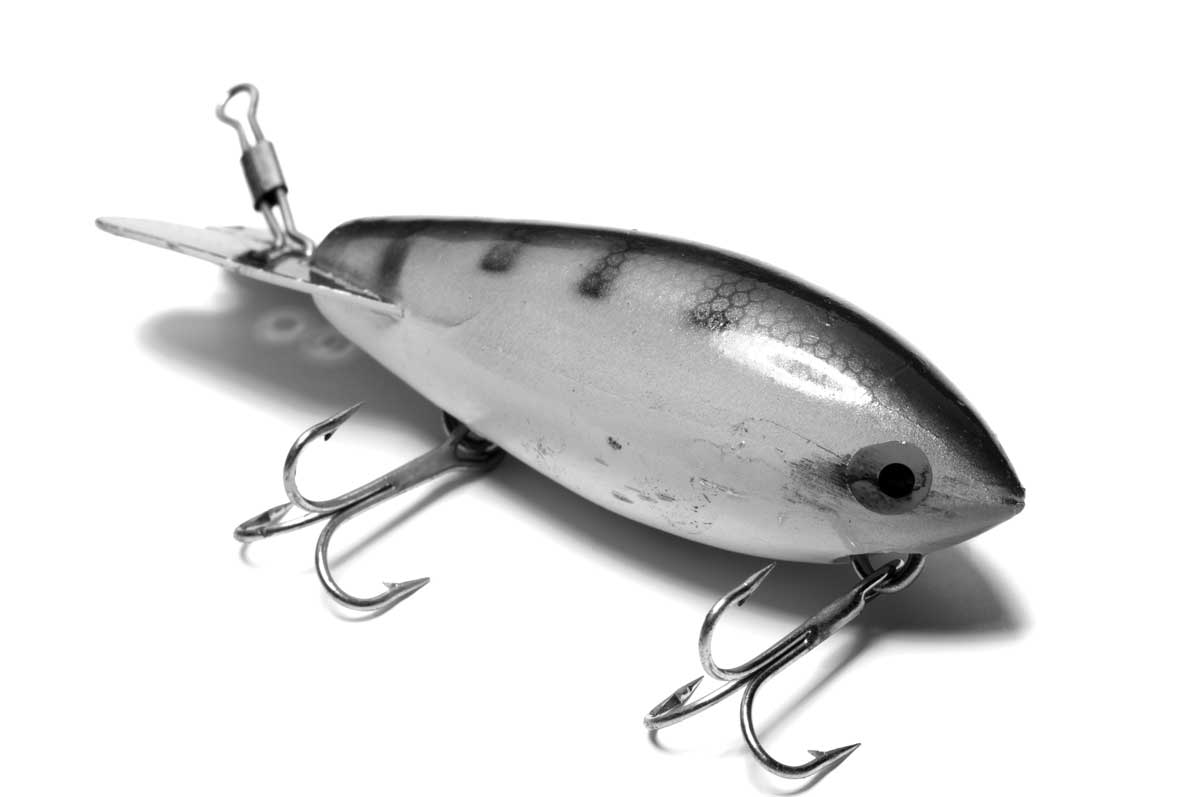 What started out as 45.7 million anglers in 2015 has already grown to 49.1 million anglers in 2017 with some of them probably standing near us on the sand. Vatalaro wasn’t among them; she was probably fishing with her husband, Mike, and their daughter, Isla. While stemming the tide, she might have been thinking of ways to recruit an additional 10.9 million anglers in the next two years.
What started out as 45.7 million anglers in 2015 has already grown to 49.1 million anglers in 2017 with some of them probably standing near us on the sand. Vatalaro wasn’t among them; she was probably fishing with her husband, Mike, and their daughter, Isla. While stemming the tide, she might have been thinking of ways to recruit an additional 10.9 million anglers in the next two years.
If you’ve fallen off your New Year’s Resolutions, try this one; take someone fishing. It’s a lot more fun than trying to lose weight.

